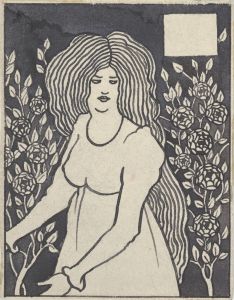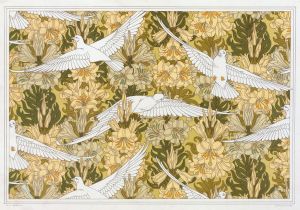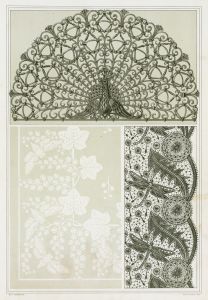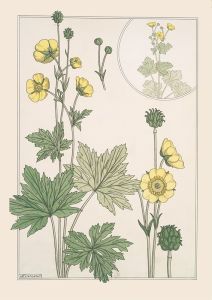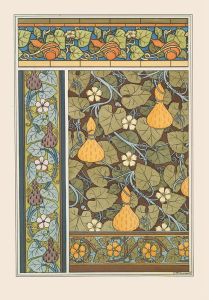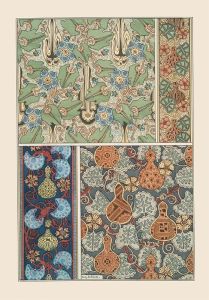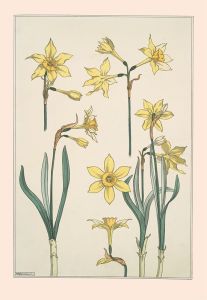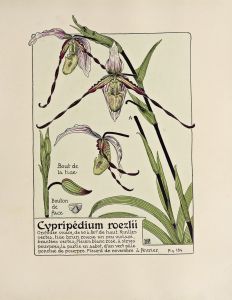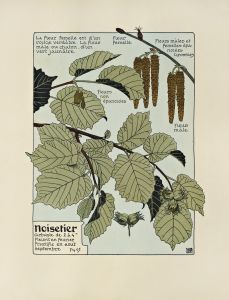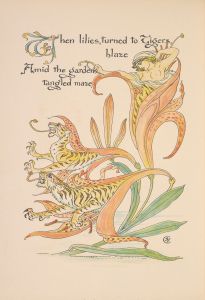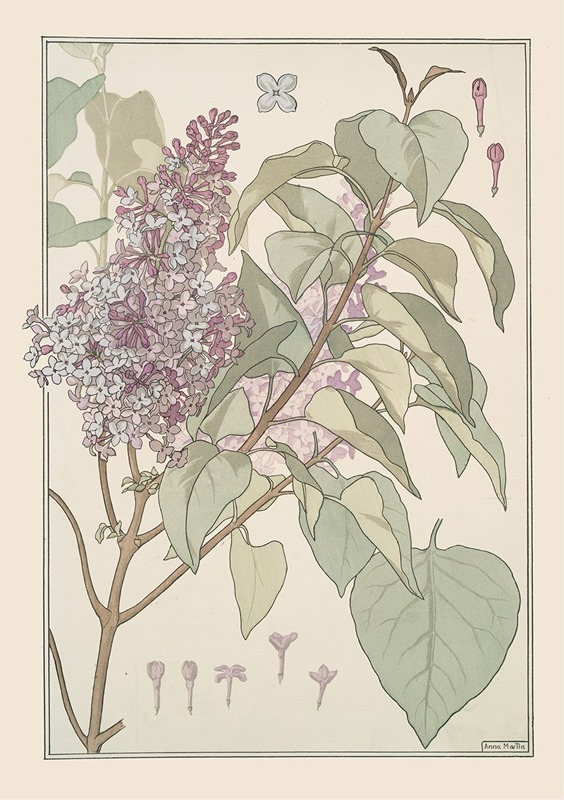
Lilas
A hand-painted replica of Maurice Pillard Verneuil’s masterpiece Lilas, meticulously crafted by professional artists to capture the true essence of the original. Each piece is created with museum-quality canvas and rare mineral pigments, carefully painted by experienced artists with delicate brushstrokes and rich, layered colors to perfectly recreate the texture of the original artwork. Unlike machine-printed reproductions, this hand-painted version brings the painting to life, infused with the artist’s emotions and skill in every stroke. Whether for personal collection or home decoration, it instantly elevates the artistic atmosphere of any space.
Maurice Pillard Verneuil was a prominent French artist and designer known for his contributions to the Art Nouveau movement. Born in 1869, Verneuil's work was characterized by its intricate patterns and natural motifs, often drawing inspiration from the flora and fauna around him. One of his notable works is "Lilas," which exemplifies his style and artistic philosophy.
"Lilas," which translates to "Lilacs" in English, is a piece that showcases Verneuil's fascination with the natural world. The artwork is a testament to his ability to blend natural elements with decorative art, a hallmark of the Art Nouveau style. This movement, which flourished from the late 19th century to the early 20th century, sought to break away from traditional artistic norms and embraced organic forms and structures.
Verneuil's "Lilas" captures the delicate beauty of lilac flowers, a subject that was popular among artists of the Art Nouveau period due to its intricate structure and vibrant colors. The piece likely features the flowing lines and stylized forms that are characteristic of Verneuil's work. His use of color and pattern would have been intended to evoke the elegance and grace of the lilac blooms, while also fitting into the broader aesthetic goals of the Art Nouveau movement.
Maurice Pillard Verneuil was not only an artist but also a designer and a writer. He contributed to various publications and was involved in the production of decorative arts, including textiles and wallpapers. His work often crossed the boundaries between fine art and applied art, reflecting the Art Nouveau ethos of integrating art into everyday life.
The influence of Japanese art, particularly ukiyo-e prints, is evident in Verneuil's work, including "Lilas." The Japanese aesthetic of simplicity, harmony, and the depiction of nature had a significant impact on many Art Nouveau artists. Verneuil's ability to incorporate these elements into his work helped to popularize the style in Europe and beyond.
While specific details about the creation and exhibition history of "Lilas" are not extensively documented, it is clear that the piece fits within the broader context of Verneuil's career and the Art Nouveau movement. His work, including "Lilas," continues to be appreciated for its beauty and its role in the development of modern decorative arts.
Maurice Pillard Verneuil's legacy is preserved through his contributions to art and design, and his works remain a subject of study for those interested in the Art Nouveau period. "Lilas" stands as an example of his skill in capturing the essence of nature and transforming it into a decorative masterpiece. Through his art, Verneuil has left an enduring mark on the world of design, influencing generations of artists and designers who followed.





